Home>Storage Ideas>Kitchen Storage>Kitchen Cabinet Cleaning Mistakes
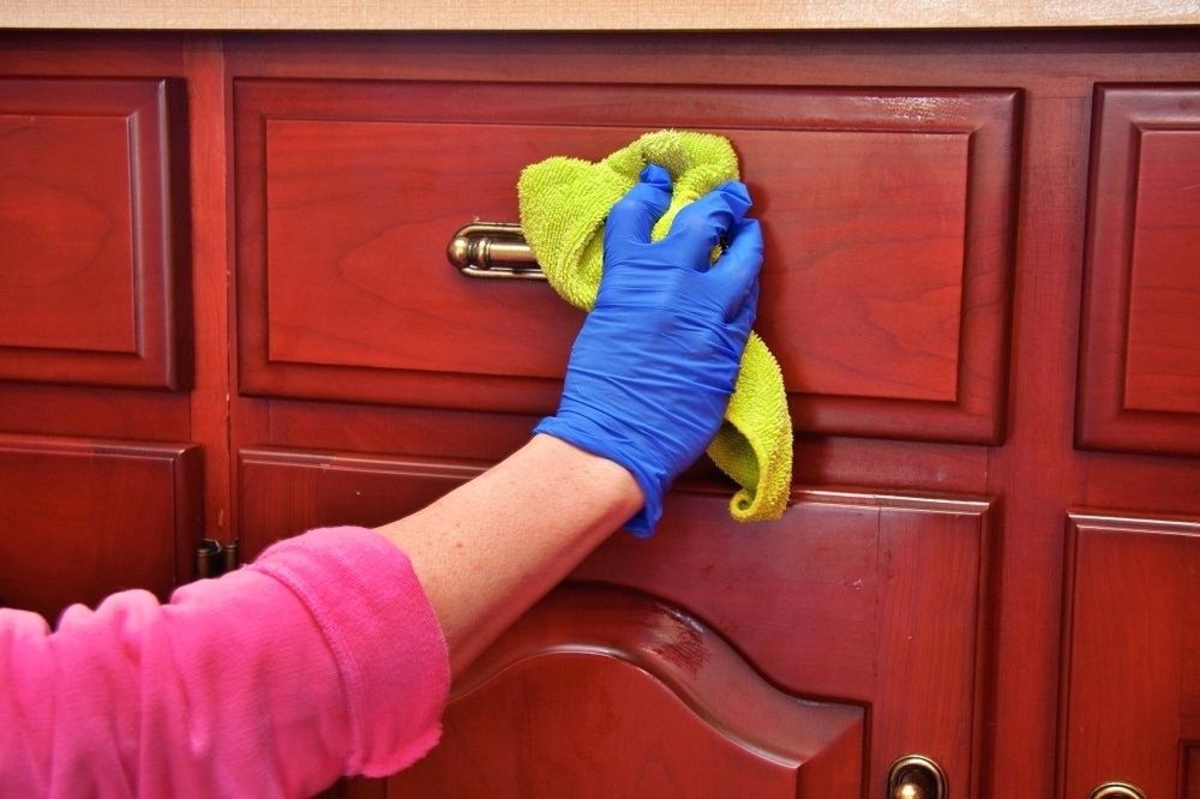

Kitchen Storage
Kitchen Cabinet Cleaning Mistakes
Modified: January 18, 2024
Avoid these common kitchen cabinet cleaning mistakes and discover effective kitchen storage ideas to maximize your space. Find solutions for clutter-free and organized cabinets.
(Many of the links in this article redirect to a specific reviewed product. Your purchase of these products through affiliate links helps to generate commission for Storables.com, at no extra cost. Learn more)
Introduction
Keeping your kitchen cabinets clean and organized is essential for maintaining a functional and visually appealing kitchen. However, when it comes to cleaning kitchen cabinets, there are common mistakes that many people make. These mistakes can not only compromise the cleanliness of your cabinets but also damage the surface and longevity of the materials. To help you avoid these pitfalls, we have compiled a list of the top kitchen cabinet cleaning mistakes to steer clear of.
By familiarizing yourself with these mistakes, you can ensure that your kitchen cabinets are properly cleaned, maintained, and protected for years to come. So let’s dive in and explore the common pitfalls in kitchen cabinet cleaning and learn how to do it the right way.
Key Takeaways:
- Avoid abrasive cleaners and excessive water when cleaning kitchen cabinets. Use gentle solutions, pay attention to hardware, and follow manufacturer’s instructions to maintain the cabinets’ appearance and longevity.
- Regularly clean both the exterior and interior of the cabinets, including the hardware, to prevent dirt and grease buildup. Use the correct cleaning tools and protect the cabinets during the cleaning process to preserve their condition.
Mistake #1: Using abrasive cleaners
One of the biggest mistakes people make when cleaning their kitchen cabinets is using abrasive cleaners. While it might seem like a good idea to scrub away stubborn stains and grime, abrasive cleaners can actually do more harm than good. These cleaners contain harsh chemicals and abrasive particles that can scratch and damage the surface of your cabinets.
Instead of abrasive cleaners, opt for gentle yet effective cleaning solutions. Mix a solution of warm water and mild dish soap to create a gentle cleaning solution. You can also add a splash of vinegar for added cleaning power. Use a soft cloth or sponge to gently wipe down the cabinets, making sure to get into all the nooks and crannies. Avoid scrubbing vigorously or using abrasive scrub brushes as they can cause scratches.
For tougher stains, you can make a paste using baking soda and water. Apply the paste to the stained areas, let it sit for a few minutes, then gently scrub with a soft cloth or sponge. Rinse the cabinets thoroughly with clean water and dry them with a soft towel.
Remember, the goal is to clean your cabinets without causing any damage. By using gentle cleaning solutions and being mindful of the materials, you can keep your kitchen cabinets looking their best for years to come.
Mistake #2: Neglecting the hardware
When cleaning kitchen cabinets, it’s important not to overlook the hardware. The hardware, including knobs, handles, hinges, and drawer pulls, can accumulate dirt, grime, and grease over time. Neglecting the hardware can make your cabinets look dirty and can affect their functionality.
To clean the hardware, start by removing them from the cabinets. This will give you better access to clean them thoroughly. Fill a sink or basin with warm water and add a few drops of mild dish soap. Let the hardware soak for a few minutes to loosen any dirt or grease.
Using a soft cloth or sponge, gently scrub the hardware to remove any remaining residue. Pay attention to the crevices and corners to ensure a thorough cleaning. Rinse the hardware with clean water and dry them with a soft towel before reinstalling them on the cabinets.
If the hardware is particularly dirty or tarnished, you can use a metal cleaner or polish specifically designed for the type of material. Be sure to read and follow the manufacturer’s instructions carefully to avoid damaging the hardware.
Keeping the hardware clean not only enhances the appearance of your kitchen cabinets but also ensures their proper functioning. Regularly cleaning the hardware will prevent build-up and prolong the lifespan of your cabinets.
Mistake #3: Using too much water
Using excessive amounts of water when cleaning kitchen cabinets is a common mistake that can lead to damage and warping of the materials. While it’s important to use water for cleaning, it’s equally vital to use it sparingly and with caution.
Excessive moisture can seep into the wood or laminate surfaces of the cabinets, causing them to swell, warp, or even develop mold and mildew. To prevent this, use a damp cloth or sponge instead of soaking the cabinets with water. Squeeze out any excess moisture from the cloth or sponge before wiping down the cabinets.
If there are spills or stains that require a deeper cleaning, apply a small amount of cleaning solution to a cloth and use that to spot clean the affected area. Immediately follow with a dry cloth or towel to remove any moisture.
Another tip to avoid using too much water is to work in small sections at a time. This will allow you to control the amount of moisture that comes into contact with the cabinets. After cleaning a section, dry it thoroughly before moving on to the next.
By being mindful of the amount of water used during the cleaning process, you can protect your kitchen cabinets from potential damage and ensure their longevity.
Mistake #4: Ignoring the inside of the cabinets
When cleaning kitchen cabinets, many people focus solely on the exterior surfaces and overlook the inside of the cabinets. However, neglecting the interior of your cabinets can lead to the buildup of dirt, dust, crumbs, and even pests.
To properly clean the inside of your cabinets, start by removing all items from the shelves. This will allow you to thoroughly clean the surfaces without any obstructions. Vacuum or sweep out any loose debris from the cabinets.
Next, wipe down the interior surfaces with a damp cloth or sponge. Use a mild cleaning solution if needed, especially if there are any spills or stains. Pay attention to the corners, edges, and grooves of the shelves to ensure a thorough clean.
If you notice any stubborn stains or sticky residue, you can make a paste using baking soda and water. Apply the paste to the affected areas, let it sit for a few minutes, then gently scrub with a soft cloth or sponge. Rinse the shelves with clean water and dry them completely.
Once the interior of the cabinets is clean and dry, it’s a good opportunity to reorganize and declutter. Consider using storage solutions such as drawer dividers, shelf organizers, or clear bins to keep items neatly arranged and easily accessible.
By regularly cleaning and organizing the inside of your kitchen cabinets, you can maintain a clean and tidy space while maximizing your storage efficiency.
Mistake #5: Not wiping down the cabinet doors properly
When cleaning kitchen cabinets, it’s important to give proper attention to the cabinet doors. Neglecting to wipe down the doors thoroughly can result in dirt, grease, and grime buildup, compromising the overall cleanliness of your kitchen.
To effectively clean the cabinet doors, start by using a gentle cleaning solution. Mix warm water with a few drops of mild dish soap or a small amount of vinegar. Dip a soft cloth or sponge into the solution and wring out any excess moisture. Gently wipe down the cabinet doors, paying attention to any areas with visible stains or accumulated residue.
Be sure to clean both the front and back of the cabinet doors, as well as the edges. Pay close attention to the corners and crevices where dirt and grime tend to accumulate. If there are any stubborn stains, you can use a non-abrasive cleaner specifically designed for the type of material your cabinet doors are made of. Remember to read and follow the manufacturer’s instructions carefully.
After cleaning, rinse the cloth or sponge with clean water and go over the cabinet doors again to remove any traces of the cleaning solution. Finally, dry the doors thoroughly with a clean, lint-free cloth to prevent any moisture from lingering.
In addition to regular cleaning, it’s also important to establish a routine maintenance schedule for the cabinet doors. This includes wiping down the doors on a regular basis to prevent the accumulation of dust, cooking oils, and other kitchen residues. By including the cabinet doors in your regular cleaning routine, you can ensure that your kitchen cabinets remain clean and well-maintained.
When cleaning kitchen cabinets, avoid using harsh abrasive cleaners as they can damage the finish. Instead, use a mild dish soap and water solution to gently clean the surfaces.
Mistake #6: Using harsh chemicals
Using harsh chemicals when cleaning kitchen cabinets is a mistake that can have detrimental effects on the cabinet surfaces and your health. While it may be tempting to use strong chemicals to tackle stubborn stains and grease, these harsh substances can cause discoloration, damage the finish, or even release toxic fumes.
Instead of harsh chemicals, opt for gentle and safe cleaning solutions. A mixture of warm water and mild dish soap can effectively remove dirt and grease from your cabinets without causing any harm. Vinegar is also a natural and versatile cleaning agent that can be used to tackle tougher stains.
If you’re dealing with particularly stubborn grime, you can try creating a paste with baking soda and water. This paste can be gently applied to the affected areas, left to sit for a few minutes, and then wiped away with a damp cloth or sponge.
It’s also important to avoid using abrasive scrub brushes or scouring pads when cleaning your cabinets. These can cause scratches and remove the protective finish, leaving the surfaces vulnerable to further damage. Instead, use soft cloths or sponges to gently scrub away dirt and grime.
Remember, the goal is to clean and maintain your cabinets without compromising their appearance and longevity. By using gentle yet effective cleaning solutions, you can ensure that your kitchen cabinets remain in top condition for years to come.
Mistake #7: Skipping regular cleaning
Skipping regular cleaning of your kitchen cabinets is a common mistake that can lead to a buildup of dirt, grease, and grime. Over time, this can not only affect the aesthetics of your cabinets but also compromise their functionality and longevity.
Regular cleaning is essential to maintain the cleanliness and hygiene of your kitchen cabinets. By establishing a cleaning routine, you can prevent the accumulation of dirt and grease, making it easier to keep your cabinets looking their best.
Set a schedule for cleaning your cabinets based on your usage and needs. It’s recommended to wipe down the cabinets at least once a week to remove any surface grime. However, if you cook frequently or have a busy household, you may need to clean them more often.
When cleaning, pay attention to high-touch areas such as cabinet handles, knobs, and near the cooking area where grease tends to accumulate. Use a gentle cleaning solution and a soft cloth or sponge to wipe down the surfaces thoroughly. Don’t forget to clean the interior of the cabinets as well, removing any spilled food or crumbs.
Regular cleaning also allows you to identify any issues or damages early on, such as loose hinges or chipped paint. By addressing these problems promptly, you can prevent further damage and keep your cabinets in good condition.
Skipping regular cleaning can lead to stubborn stains and a more challenging cleaning process down the line. By incorporating regular cabinet cleaning into your routine, you can maintain a clean and organized kitchen while extending the lifespan of your cabinets.
Mistake #8: Using incorrect cleaning tools
Using incorrect cleaning tools when cleaning kitchen cabinets is a mistake that can lead to damage and ineffective cleaning results. It’s important to choose the right tools that are suitable for the specific material and finish of your cabinets.
Avoid using abrasive scrub brushes or scouring pads as they can cause scratches and remove the protective finish of your cabinets. Instead, opt for soft cloths or non-abrasive sponges that will gently clean the surfaces without causing any damage.
Microfiber cloths are a great option for wiping down cabinet surfaces, as they are soft, lint-free, and highly effective at trapping dirt and particles. They can be used both dry for dusting or slightly dampened with a gentle cleaning solution for general cleaning.
In addition to the right cloth or sponge, it’s important to choose the appropriate cleaning solution. Avoid using harsh chemicals that can damage your cabinets. Instead, opt for mild dish soap mixed with warm water or vinegar diluted in water. These gentle solutions will effectively clean your cabinets without causing any harm.
When cleaning, remember that less is often more. Use a minimal amount of cleaning solution or water to avoid over-saturating the cabinet surfaces. Excess moisture can seep into the wood or laminate, causing damage or warping.
As for the hardware, choose the right tool for the job. Use a screwdriver or appropriate tool to remove and reinstall knobs, handles, hinges, or drawer pulls. Cleaning the hardware separately will ensure a thorough and effective cleaning without the risk of damaging the cabinets.
By using the correct cleaning tools, you can clean your kitchen cabinets efficiently while preserving their appearance and prolonging their lifespan.
Mistake #9: Not following manufacturer’s instructions
Not following the manufacturer’s instructions when cleaning your kitchen cabinets is a mistake that can result in damage to the cabinets and voiding any warranties. Each type of cabinet material and finish may require specific care and maintenance methods, and it’s crucial to adhere to these guidelines provided by the manufacturer.
Before embarking on a cleaning routine, take the time to read the care and maintenance instructions that came with your cabinets. These instructions may include specific cleaning solutions to use or avoid, as well as recommended cleaning techniques.
Some cabinets may be sensitive to certain cleaning agents that can cause discoloration, dullness, or damage. For instance, some cabinets with a glossy finish may require gentle cleaning solutions and non-abrasive cloths to maintain their shine. On the other hand, cabinets with a natural wood finish may require special wood cleaners to protect and enhance their appearance.
Following the manufacturer’s instructions will not only help you avoid potential damage but also ensure that you are using the most effective cleaning methods for your particular cabinets. They may also provide guidance on how often to clean and maintain your cabinets to keep them in optimal condition.
If you no longer have the manufacturer’s instructions, you can try to find them online. Many manufacturers have websites or customer support services where you can retrieve the necessary information to care for your cabinets properly.
By following the manufacturer’s instructions, you can confidently clean your cabinets knowing that you are using the correct techniques and products, ultimately extending the life and beauty of your kitchen cabinets.
Mistake #10: Forgetting to protect the cabinets during cleaning
Forgetting to protect your kitchen cabinets during the cleaning process is a common mistake that can result in damage to the surfaces. While cleaning your cabinets, it’s important to take precautions to prevent any accidental scratches, stains, or water damage.
One simple way to protect your cabinets is to use a barrier, such as a towel or plastic sheet, to cover the countertops and surrounding areas. This will catch any drips or spills and prevent them from coming into contact with the cabinet surfaces.
When using cleaning solutions, make sure to apply them directly to the cloth or sponge rather than spraying them directly onto the cabinets. This will minimize the risk of the solution dripping or running down the surface and causing damage.
It’s also important to avoid leaving excess moisture on the cabinets after cleaning. Use a dry towel or cloth to thoroughly wipe down the surfaces and remove any remaining moisture. Pay special attention to the edges, corners, and crevices where water can easily accumulate.
If you’re using any tools or equipment during the cleaning process, such as screwdrivers or vacuum attachments, be careful not to accidentally scratch or bump the cabinet surfaces. Take your time and handle the tools with care to avoid any unnecessary damage.
In addition, be cautious when moving items around inside the cabinets. Avoid sliding or dragging objects across the shelves as this can scratch or chip the surfaces. Instead, lift and place items carefully to minimize any potential damage.
By taking these simple steps to protect your cabinets during the cleaning process, you can preserve their appearance and ensure they remain in excellent condition for years to come.
Conclusion
Properly cleaning and maintaining your kitchen cabinets is essential for keeping your kitchen functional, organized, and visually appealing. By avoiding the common mistakes mentioned in this article, you can ensure that your cabinets remain in optimal condition for years to come.
Using non-abrasive cleaners and gentle cleaning solutions will help prevent damage to the cabinet surfaces. Taking the time to clean both the exterior and interior of the cabinets, including the hardware, will ensure a thorough and comprehensive cleaning process.
Remember to avoid using excessive amounts of water, as this can lead to warping or swelling. Instead, use a damp cloth or sponge and dry the cabinets thoroughly afterward. Following the manufacturer’s instructions is crucial to protect your cabinets and maintain any warranties.
It’s also important to use the correct cleaning tools and to protect your cabinets during the cleaning process. By using soft cloths or non-abrasive sponges, following the proper cleaning techniques, and covering the surrounding areas, you can prevent any accidental damage while cleaning.
In conclusion, taking the time to properly clean and care for your kitchen cabinets will keep them looking beautiful and functioning optimally. By avoiding these common cleaning mistakes and implementing effective cleaning practices, you can ensure that your kitchen cabinets remain a focal point in your kitchen and provide you with years of use and enjoyment.
Frequently Asked Questions about Kitchen Cabinet Cleaning Mistakes
Was this page helpful?
At Storables.com, we guarantee accurate and reliable information. Our content, validated by Expert Board Contributors, is crafted following stringent Editorial Policies. We're committed to providing you with well-researched, expert-backed insights for all your informational needs.


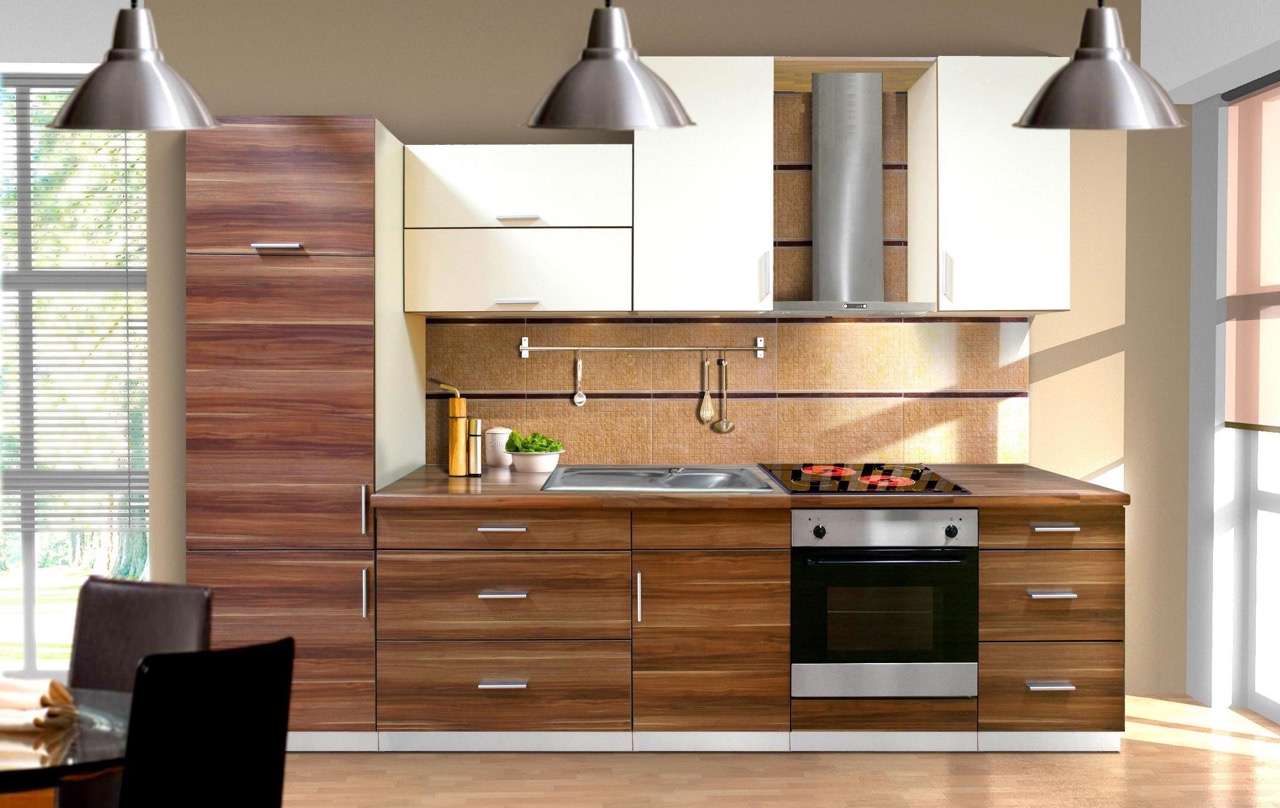
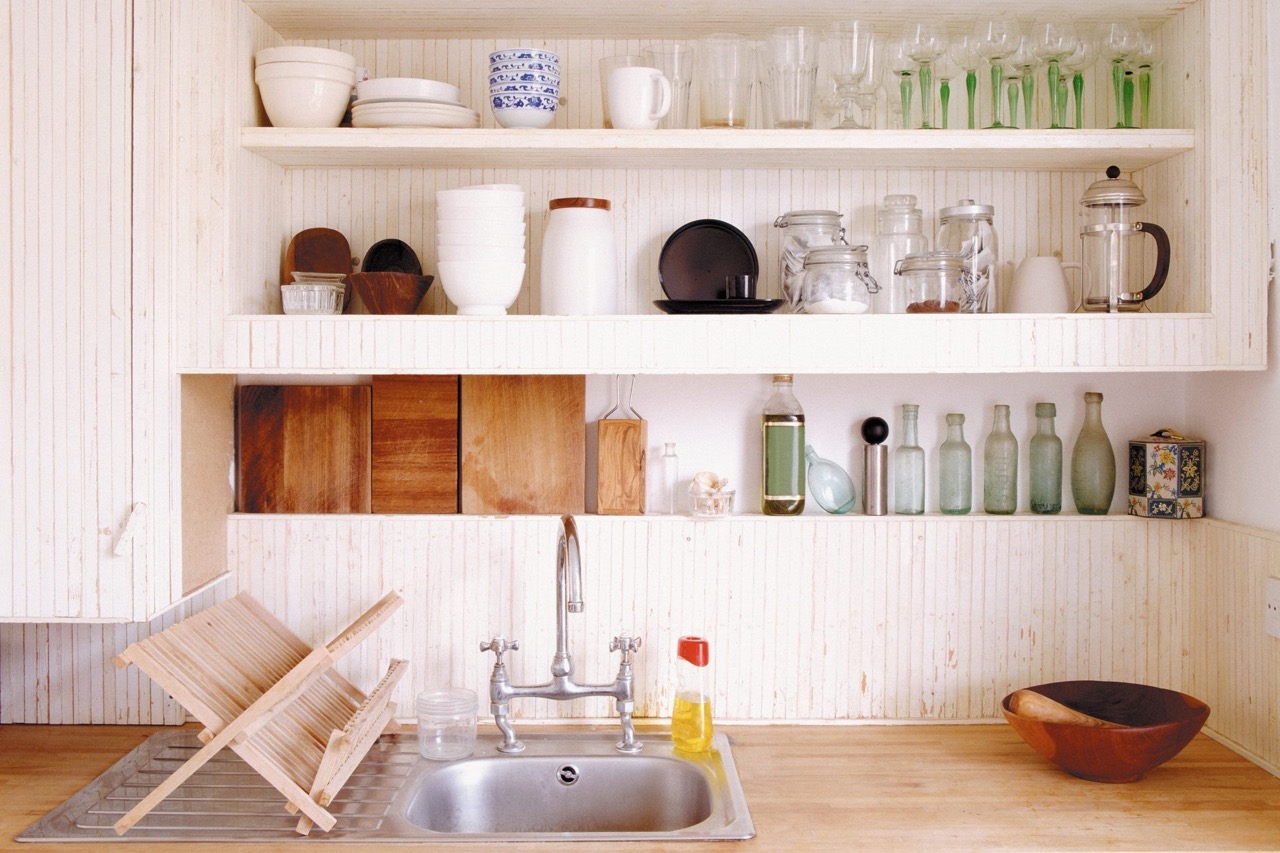

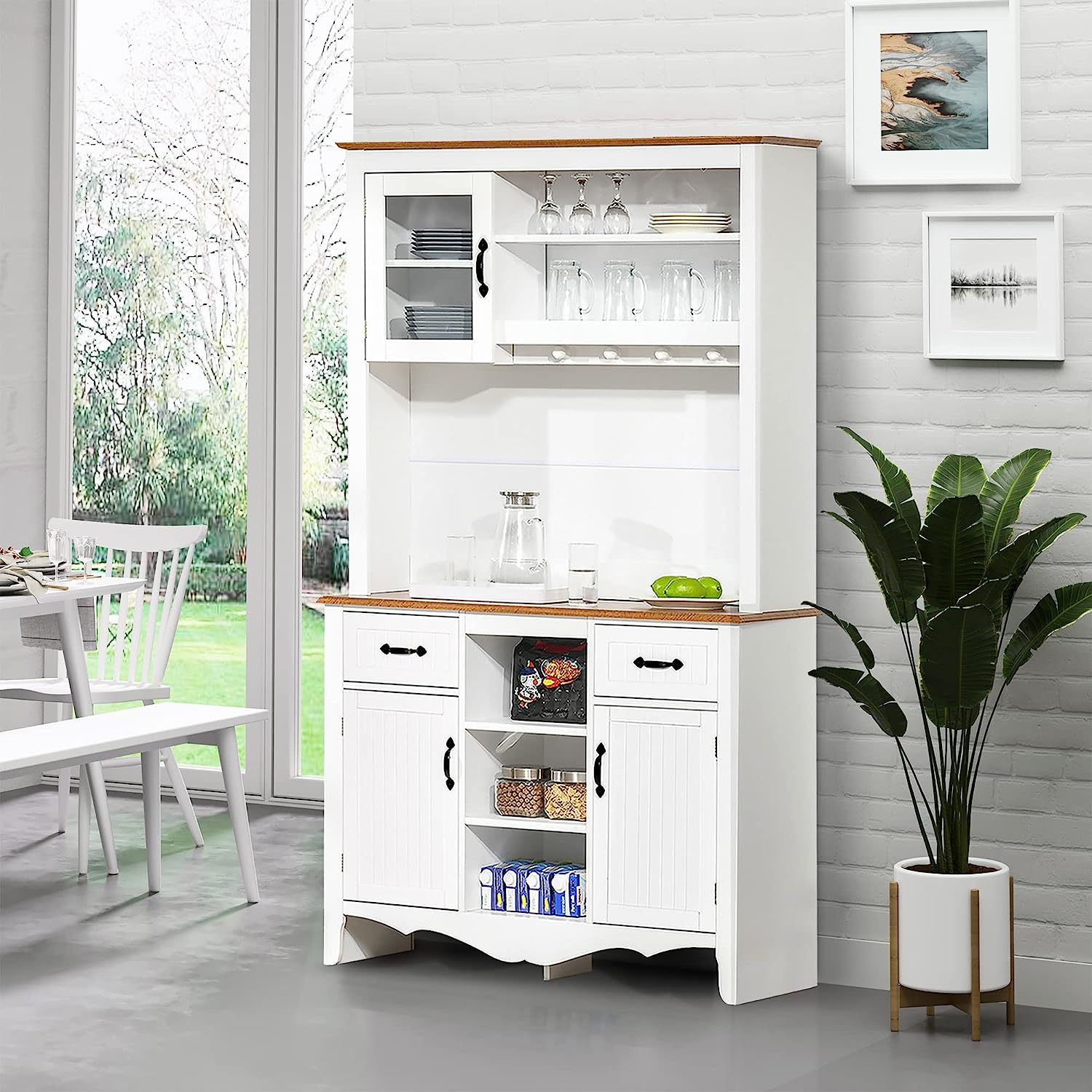
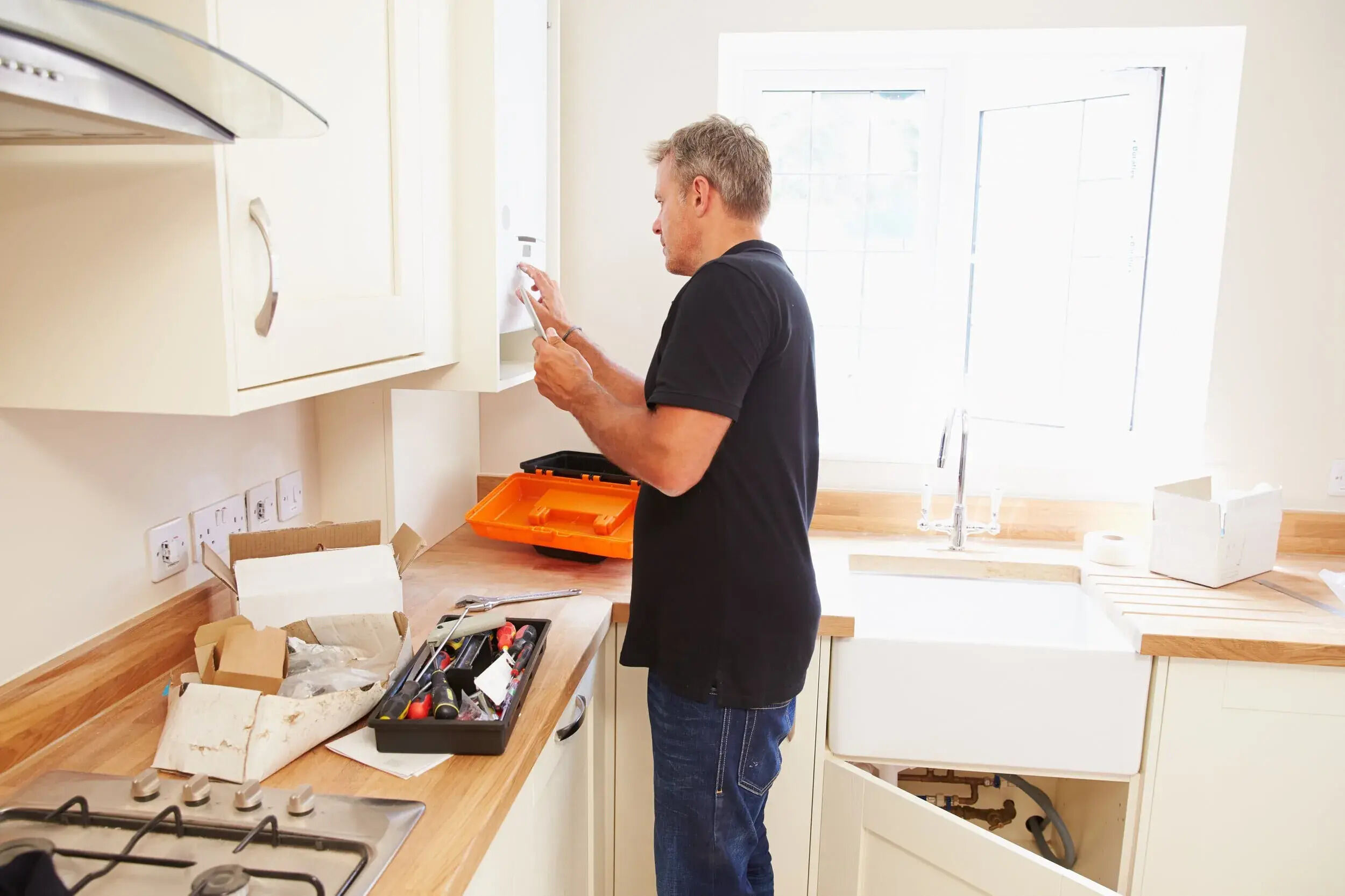
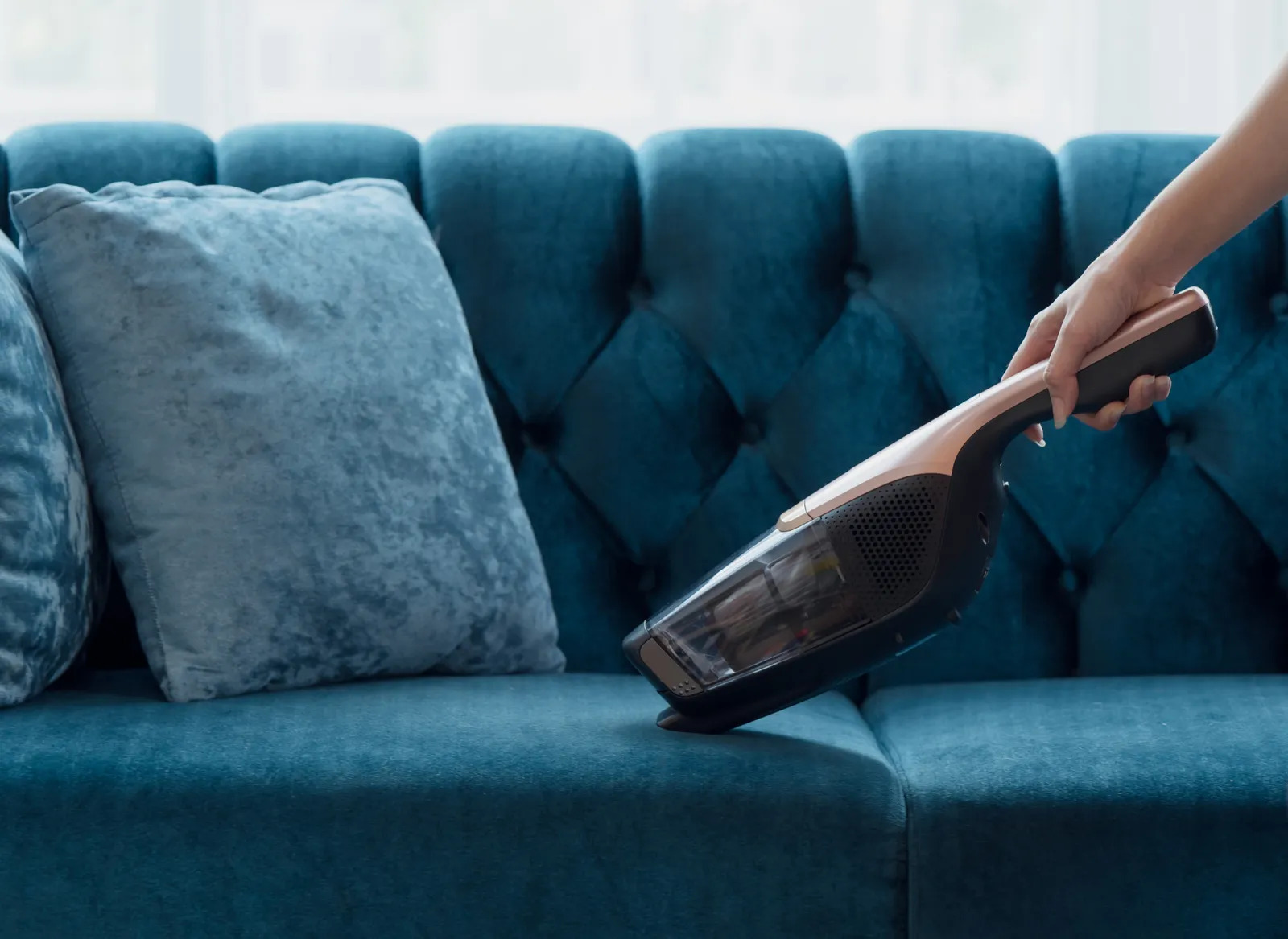

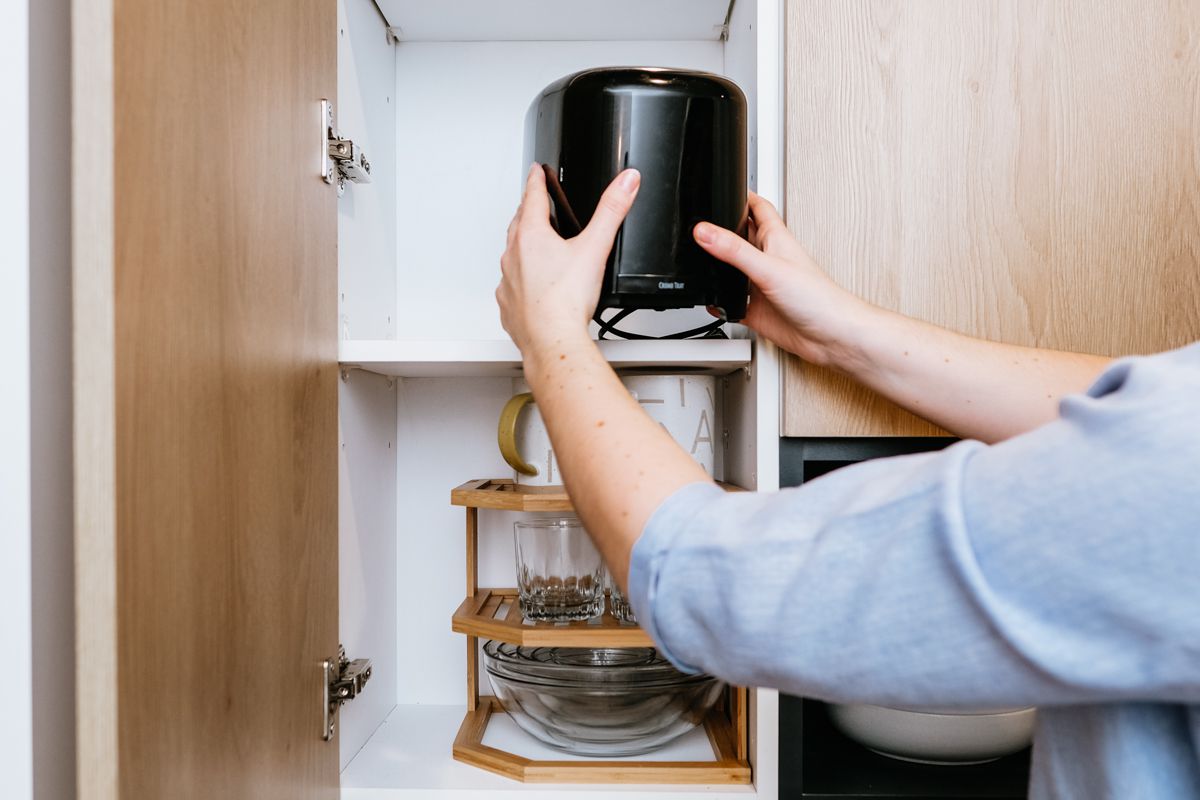

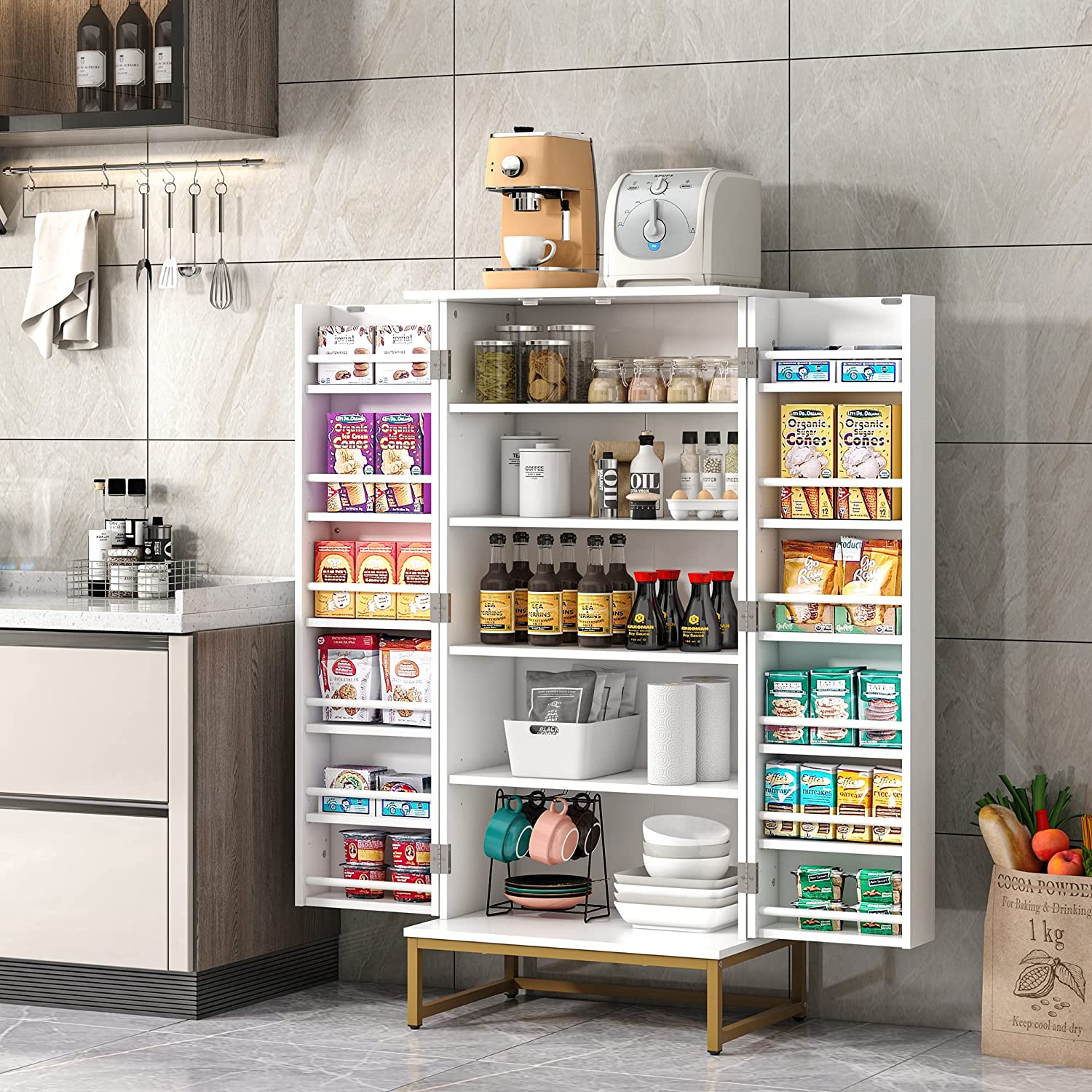


0 thoughts on “Kitchen Cabinet Cleaning Mistakes”